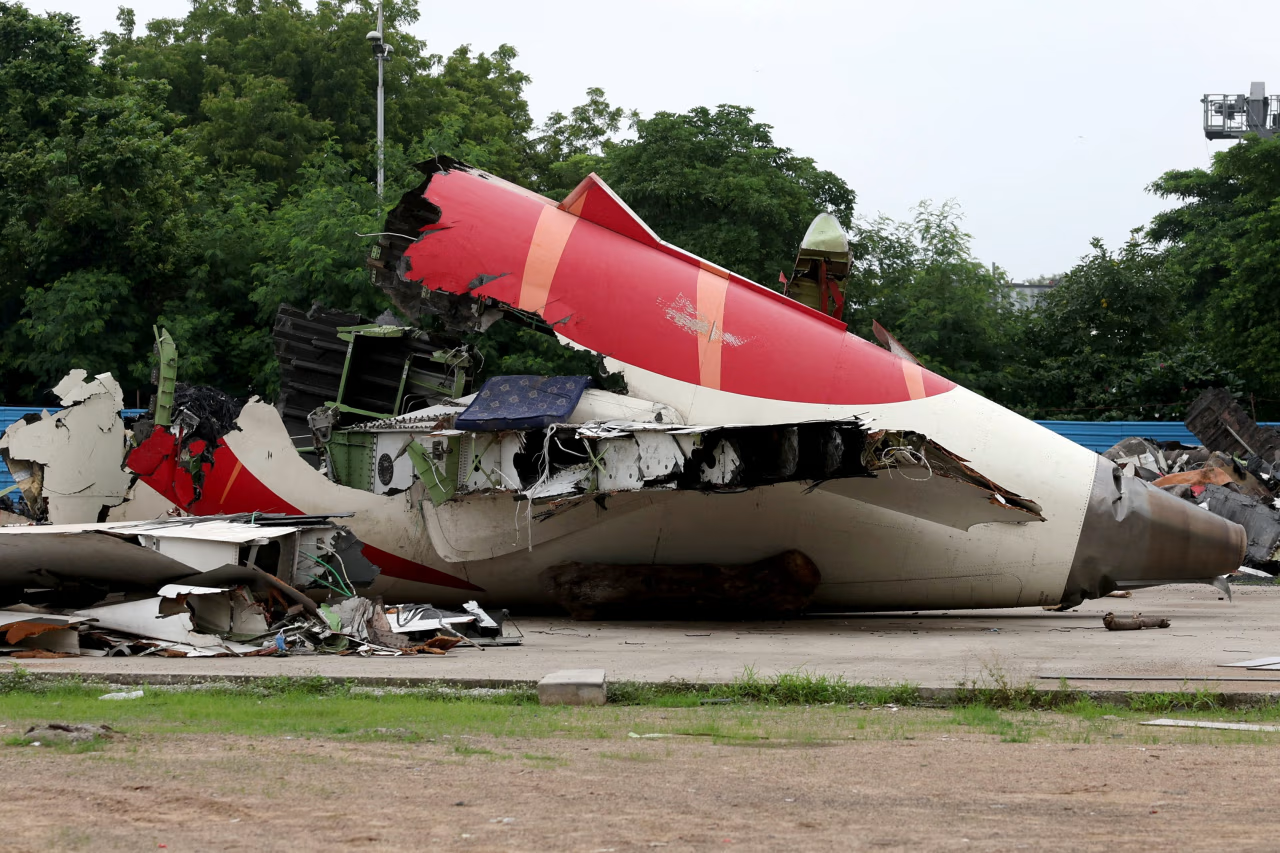The investigation into the June 12 crash of Air India Flight AI171, a Boeing 787 Dreamliner that tragically resulted in 241 fatalities, has taken a new turn. Preliminary reports indicated that both engine fuel cutoff switches were manually moved to the “CUTOFF” position shortly after takeoff from Ahmedabad, leading to a loss of engine power. However, aviation experts are now questioning the assumption of pilot error, suggesting that other factors may have contributed to the incident.
Such switches are made to prevent unintentional movement and need intentional action to operate, according to John Cox, a U.S.-based aviation safety expert. He observed that the switches were shifted one second apart, which is roughly how fast one could do it on purpose. This suggests that the switches might have been purposefully tampered with, though not necessarily by the pilots. Cox also pointed to a known software issue in Boeing 787s, where the Thrust Control Malfunction Accommodation (TCMA) system can erroneously cut fuel to engines under certain conditions, even without pilot input. This system has been implicated in similar incidents in the past.
To make matters more complicated, the voice recorder in the cockpit recorded a conversation in which one pilot asked the other about the fuel cutoff, and the other pilot denied doing anything about it. The pilot error theory is called into question by this exchange, which implies that neither pilot was cognisant of the fuel cutoff. Furthermore, no mechanical issues or system failures were noted in the preliminary report from the Aircraft Accident Investigation Bureau (AAIB), which left open the possibility that an outside force was responsible for the fuel cutoff.
Pilot unions, including the Indian Commercial Pilots Association (ICPA) and ALPA India, have strongly rejected the notion of pilot error, labeling such claims as speculative and unfounded. They argue that the investigation is being prematurely directed toward the pilots without sufficient evidence and have called for a more thorough and transparent inquiry. The idea of pilot suicide was particularly criticised by the ICPA, which said that there is currently no evidence to support such a claim.
As the investigation continues, experts and pilot groups urge caution in drawing conclusions. They emphasize the need for a comprehensive analysis of all potential factors, including possible software malfunctions, cockpit design issues, and other technical anomalies, before attributing blame to human error. The final report from the AAIB is awaited to provide more definitive answers.









